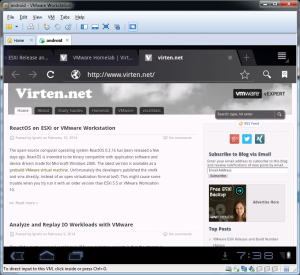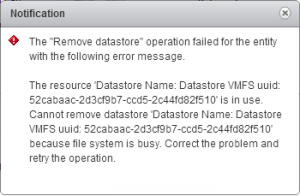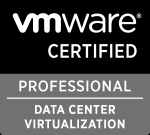Howto use ESXCLI in PowerCLI
PowerCLI, a set of PowerShell extensions for vSphere, is a great tool for automating VMware configuration and management tasks. It allows you to change a lot of ESXi host and vCenter settings. One powerful cmdlet is Get-EsxCli which allows you to run ESXCLI tasks from your PowerCLI console. ESXCLI is the main configuration command on an ESXi host. This post explains how to use the Get-EsxCli cmdlet.





